Across the United States, homes are shaped as much by code books as by taste. Rules born from wildfire scares, drought, noise complaints, and safety studies decide what can sit in a yard or hide in a basement. A feature that reads as clever in one town can bring fines in the next. The point is not to scold creativity. It is to prevent injuries, protect neighbors, and keep systems working. Knowing the logic makes smarter, calmer choices possible.
Outdoor Wood Boilers
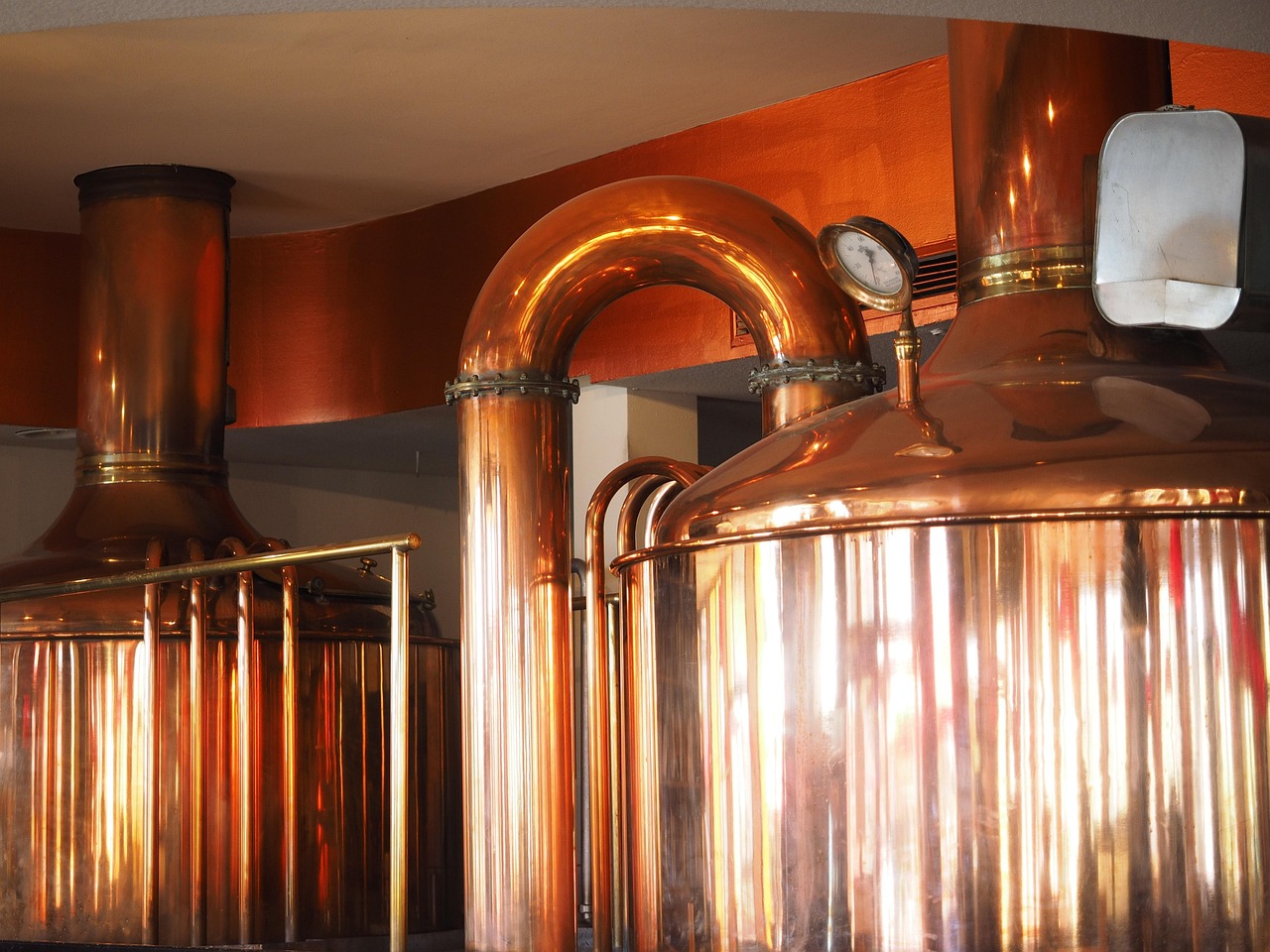
These units promise cheap heat but create dense smoke near the ground where families breathe. Many states or cities restrict new installs or confine use to winter months, then layer on tall stacks, minimum setbacks, and certified low emission models. In dry regions, seasonal burn bans interrupt operation and can erase savings. Inspectors view complaints as health issues, not aesthetics, and prioritize air quality over comfort. Where legal, paperwork and maintenance often decide long term survival.
Rainwater Catchment Without Permits

Some states long treated roof runoff as part of shared water rights, which is why rules can feel fussy. Small barrels are widely welcomed, yet large cisterns often need permits, screened inlets, and clear labels for nonpotable use. Cross connection protection is required so collected water never backs into domestic lines. In arid areas, volume limits and mosquito controls are common. Conservation is encouraged, but only when storage, plumbing, and public health standards are met.
Barbed Or Razor Wire Fencing

Urban and suburban codes usually draw a bright line here. Injury risk to children and first responders, along with visual impact, leads many cities to bar these materials near sidewalks and homes. Industrial zones may allow limited use with height thresholds, inward facing placement, and warning signs. Residential violations draw quick citations because harm can be immediate. Homeowners who want security are steered toward solid fencing, lighting, and access control that do not injure strangers.
Basement Apartments Without Egress

Extra housing only works when escape is possible. Most jurisdictions require an egress window of specific width and height, a sill low enough to reach, and a direct exit path that a firefighter can navigate. Ceiling height rules, smoke and carbon monoxide alarms, and independent heat controls round out the checklist. Finishes never compensate for missing exits. In an emergency, seconds matter, and codes reflect hard lessons from fires where people simply could not get out.
Noncompliant Window Security Bars
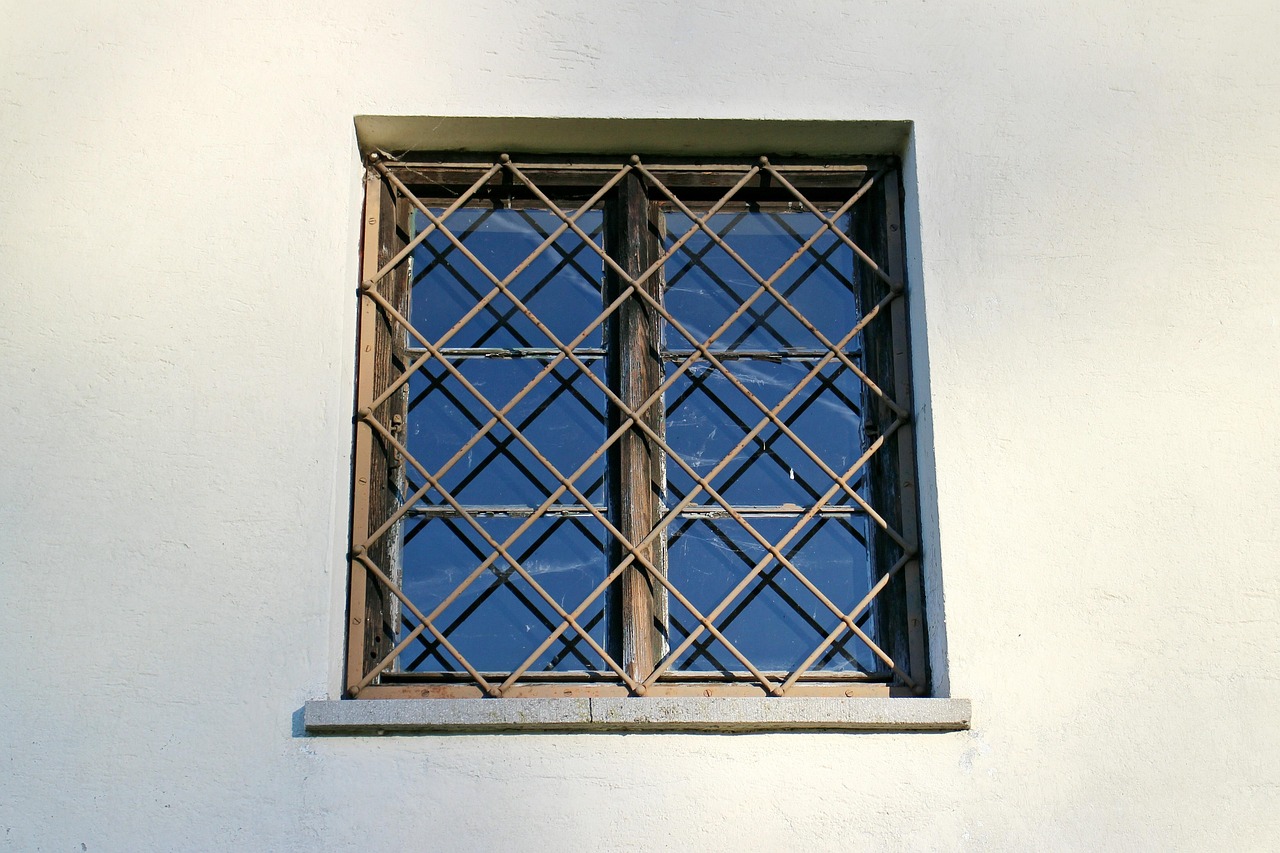
Fixed bars on bedroom windows can trap people inside. That is why many codes ban fixed units on sleeping rooms and require quick releases that open with no keys and no tools. Fire crews also need access from outside to rescue a child or elderly resident. Even approved bars fail when paint or rust seizes the release, so rentals often face periodic checks. Laminated glass, alarms, and lighting give security without blocking an escape route.
Outhouses And Pit Privies
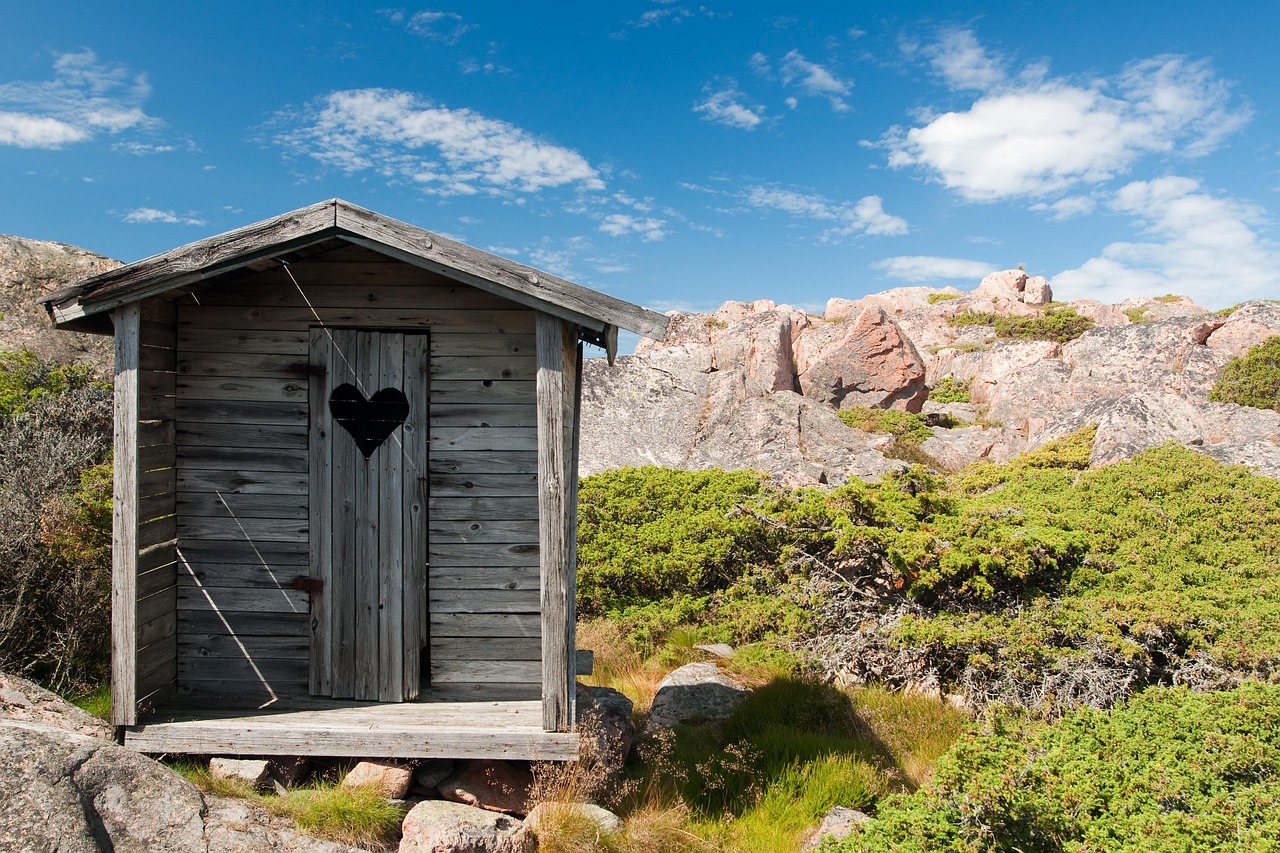
Sanitation rules dominate this category. Where a property can connect to a sewer or approved septic, most places forbid new pit privies outright. Risks include groundwater contamination, flies, and odor. Remote cabins sometimes qualify under strict setbacks and lined vaults, but suburbs almost never do. Grandfathered structures are often closed during remodels. Composting or sealed vault systems may be allowed if they meet testing and service schedules that keep pathogens and smells under control.
Unpermitted Composting Toilets
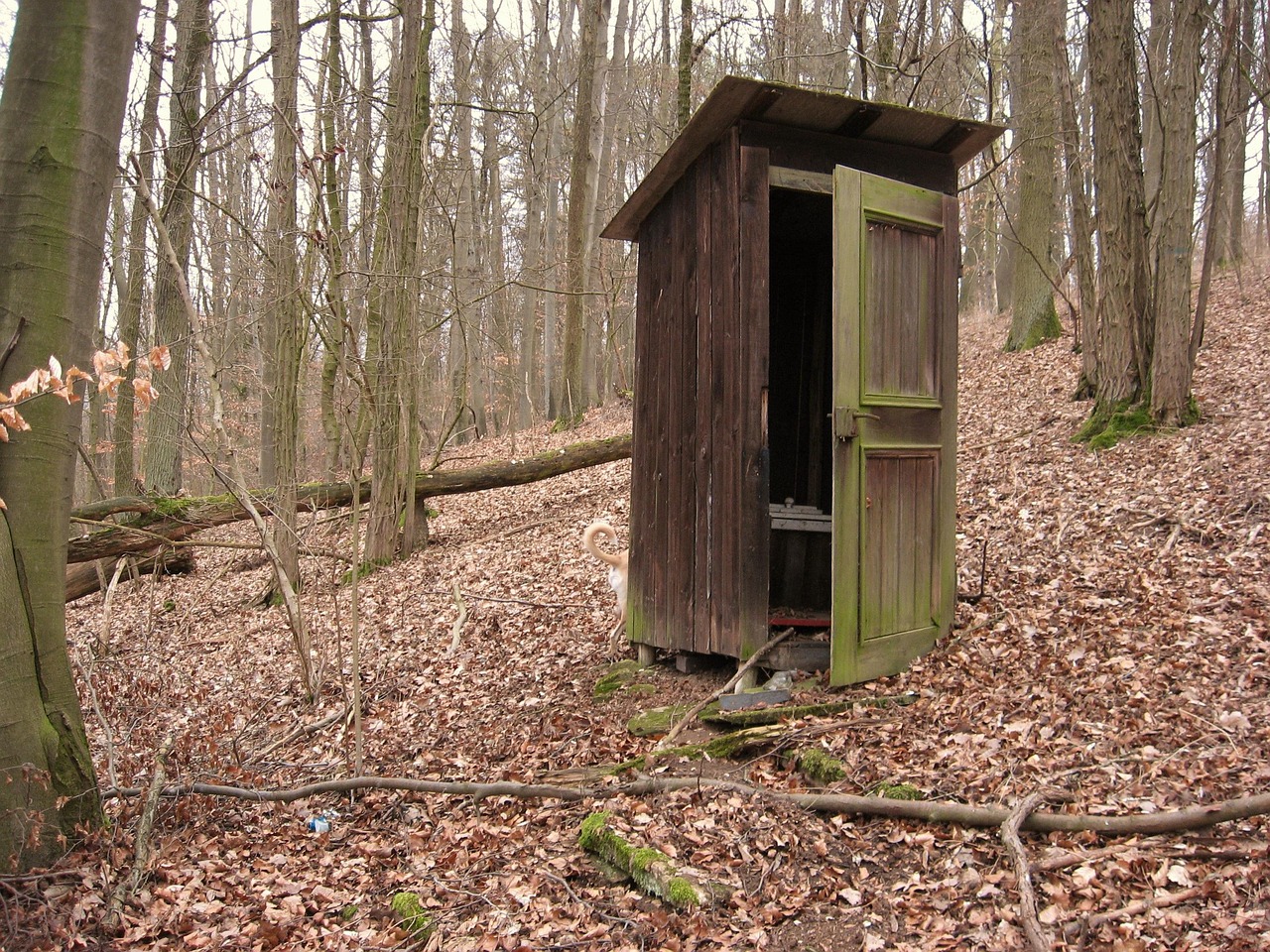
Water savings appeal to many owners, yet public health agencies want proof of safe operation. Some states allow only listed systems that meet independent standards and require engineered venting, leachate control, and clear plans for finished solids. Homemade designs are often illegal. Inspections focus on odor, pests, and handling logs that show curing time before disposal. In rentals, oversight tightens because mistakes affect tenants. Done correctly, these systems work, but only inside a regulated framework.
DIY Graywater Reuse Systems

Sending laundry and sink water to landscape beds sounds simple. Plumbing code says otherwise. Many states require diverter valves, surge tanks, filtration, and air gaps to prevent contamination. Subsurface distribution is standard so pathogens are not aerosolized. Using graywater on edible crops can be restricted or banned. Some places allow single fixture systems with minimal paperwork, while others want engineered drawings and a permit. Skipping steps turns conservation into a violation and invites fines.
Rooftop Decks Without Structural Sign Off
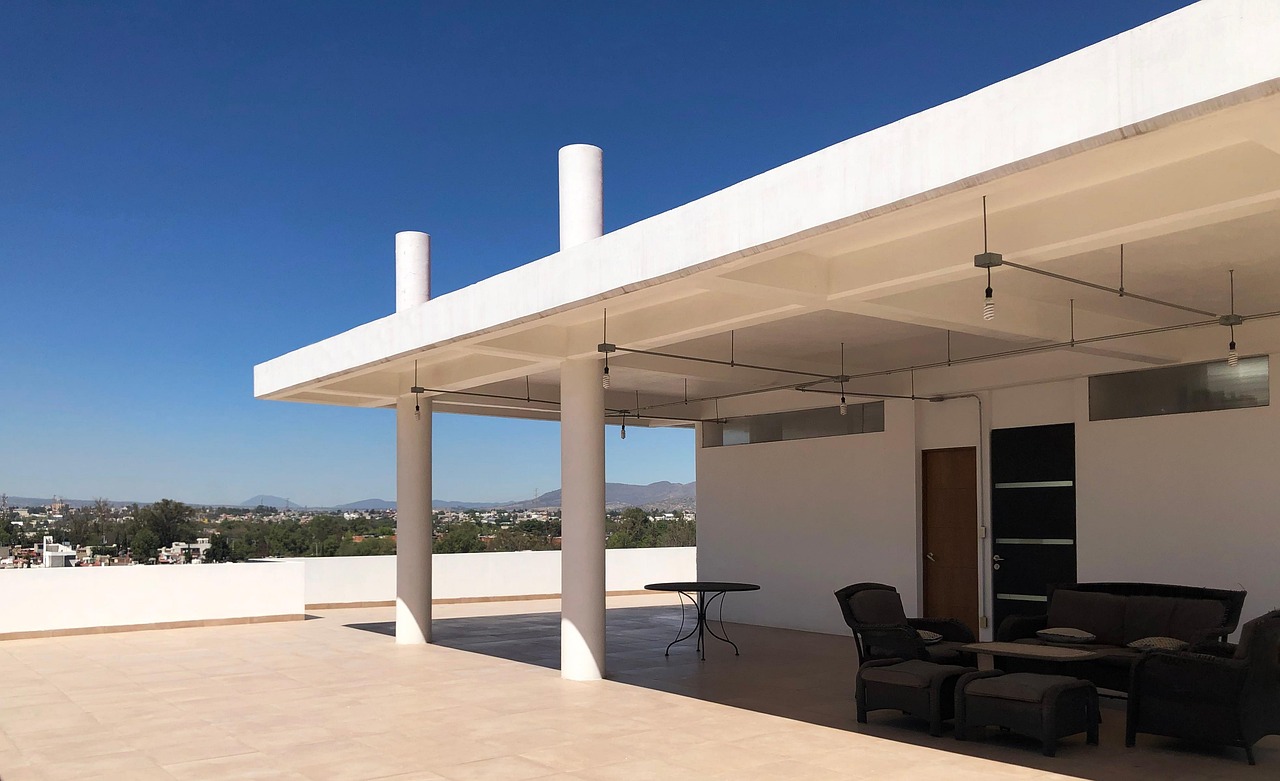
A roof is not a patio unless an engineer says it is. Deck approvals consider live load for people, dead load for planters, and wind uplift that can peel assemblies. Guardrail height, stair enclosures, and fire resistant surfaces are reviewed, and historic districts may add visibility limits. Unauthorized builds risk leaks and collapse and often void insurance. The dream survives with drawings, permits, and inspections that prove the structure can safely carry the party.
Tiny Homes As Backyard Dwellings

Small houses meet big zoning. A tiny home on wheels is usually classified as an RV, which bars year round occupancy on a residential lot in many places. Foundation built cottages can qualify as accessory units, but only when setbacks, height caps, utilities, and owner occupancy rules are met. Cities adopting modern ADU laws make approval easier yet still police parking and privacy. Where ordinances are silent, enforcement tends to default to the strict side.
Front Yard Vegetable Gardens
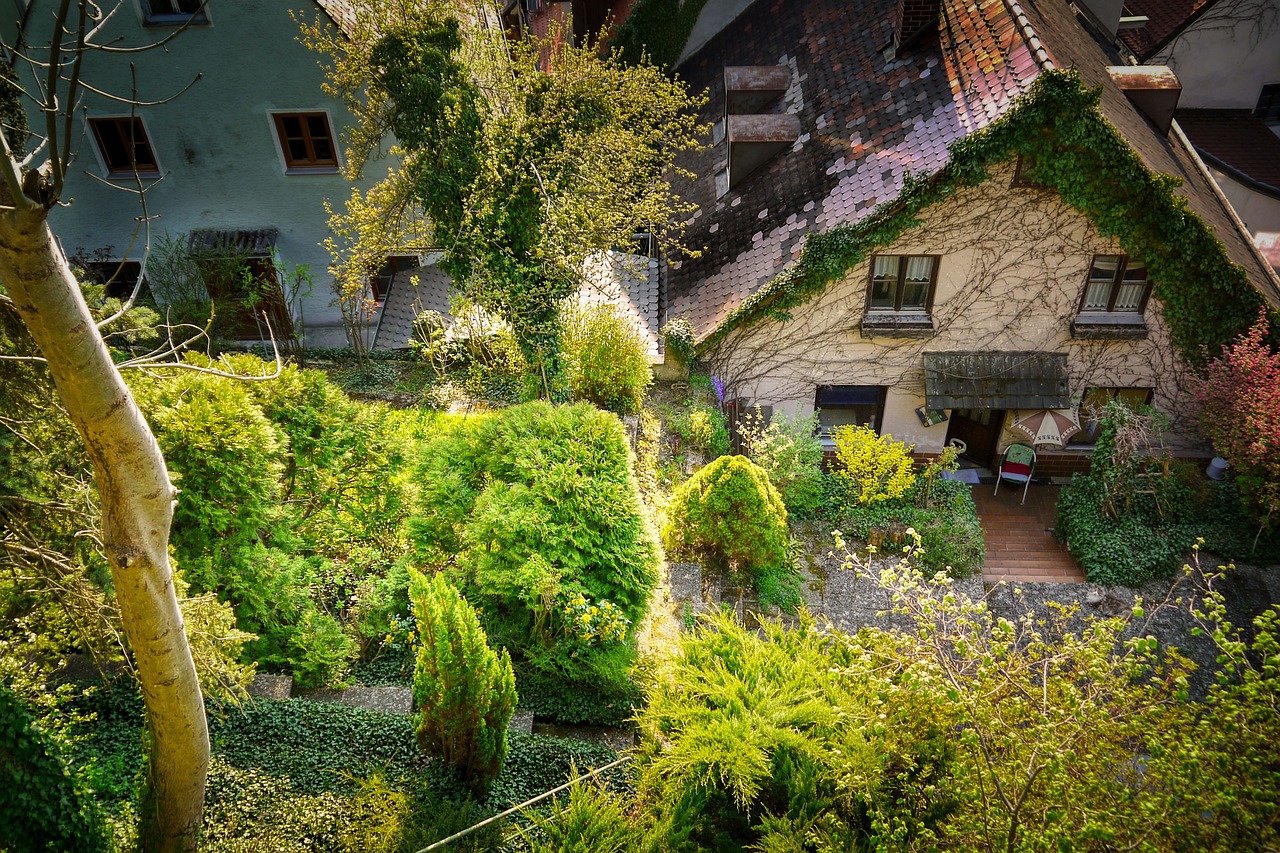
Food growing is welcome until it blocks sightlines or clashes with neighborhood rules. Some towns restrict tall trellises and raised beds within front setbacks or near corners to protect drivers and pedestrians. Homeowner associations may prefer ornamental plants in front yards and push edible landscapes behind fences. A growing number of states protect the right to garden, but tidiness, pest control, and seasonal cleanup still apply. The goal is harvests without hazards or disputes.
Backyard Hens And Roosters

Eggs delight neighbors until noise or odor arrives. Many cities permit a few hens with setbacks from property lines while banning roosters for obvious reasons. Coop size, enclosed runs, covered feed, and regular cleaning are standard conditions. Flocks that exceed allowed numbers or attract pests draw quick enforcement. Some suburbs still bar poultry on small lots entirely. Where allowed, success depends on scale, sanitation, and distance that keeps feathers and sound from crossing fences.
Pool Slides And Diving Boards

Shallow pools and hard surfaces do not mix with headfirst entry. Codes that mirror national pool standards set exact depths, clearances, and anchoring for boards and slides. Barriers and self latching gates protect children, while slip resistant steps and proper water flow reduce falls. Unpermitted equipment can void insurance and bring removal orders after an inspection or accident. Safe fun survives when the water is deep enough and the hardware meets tested specs.


